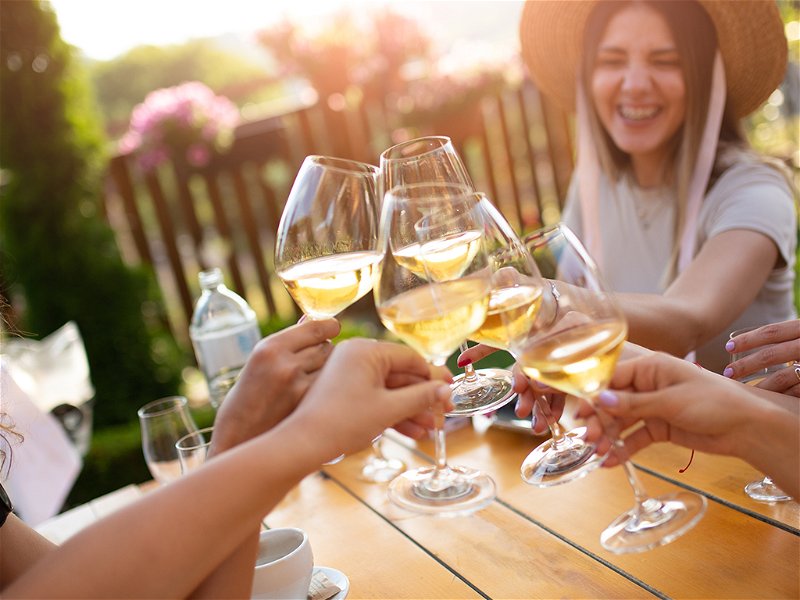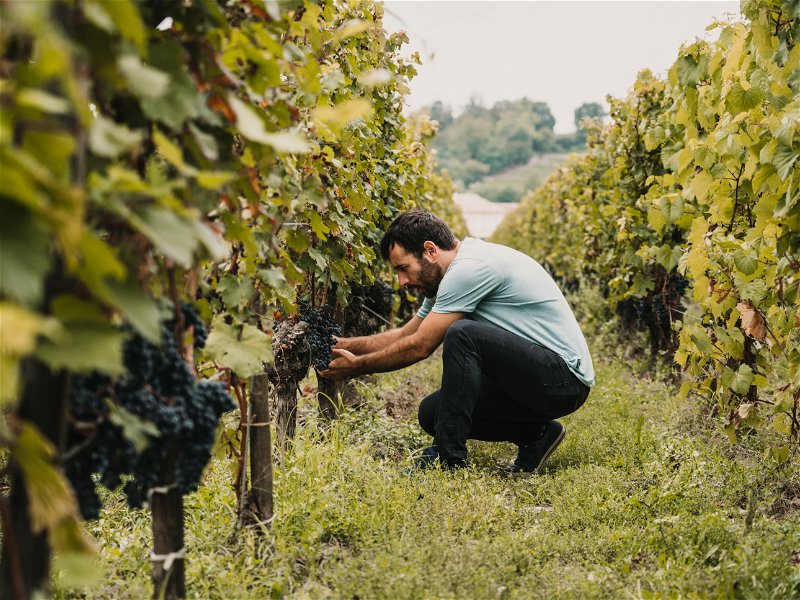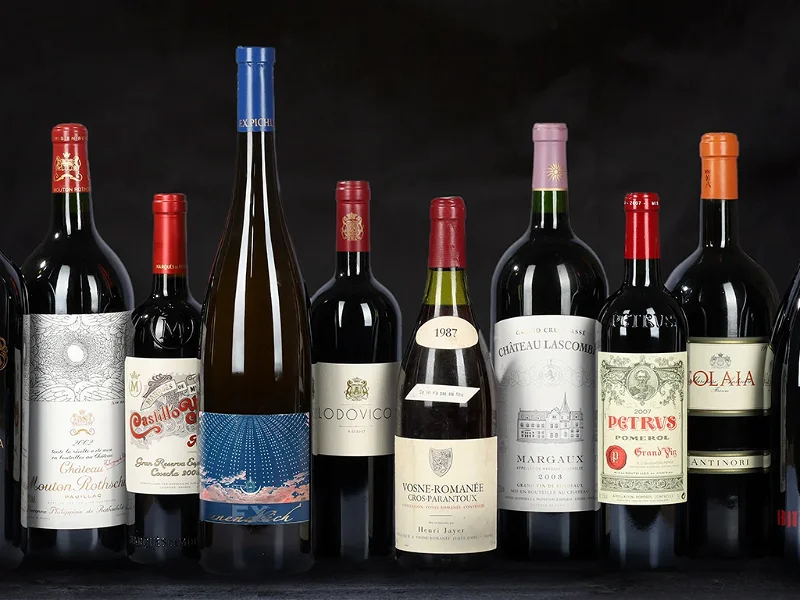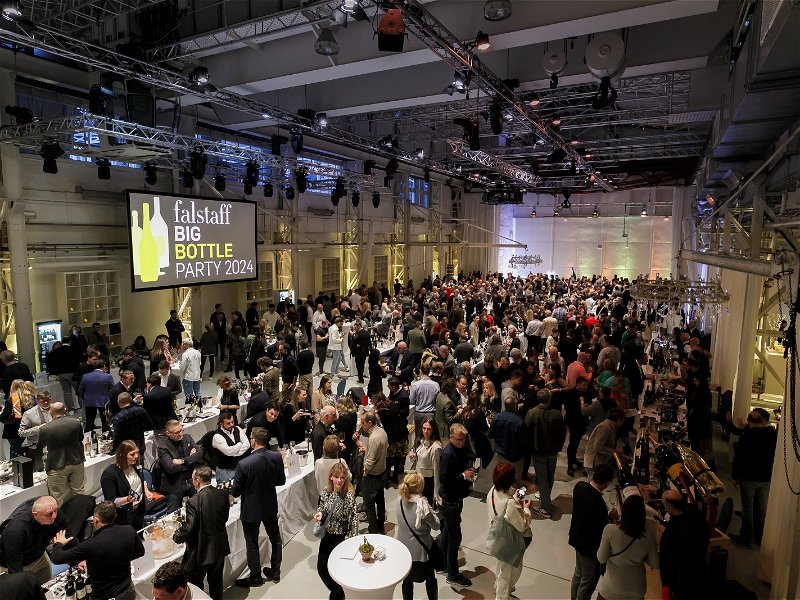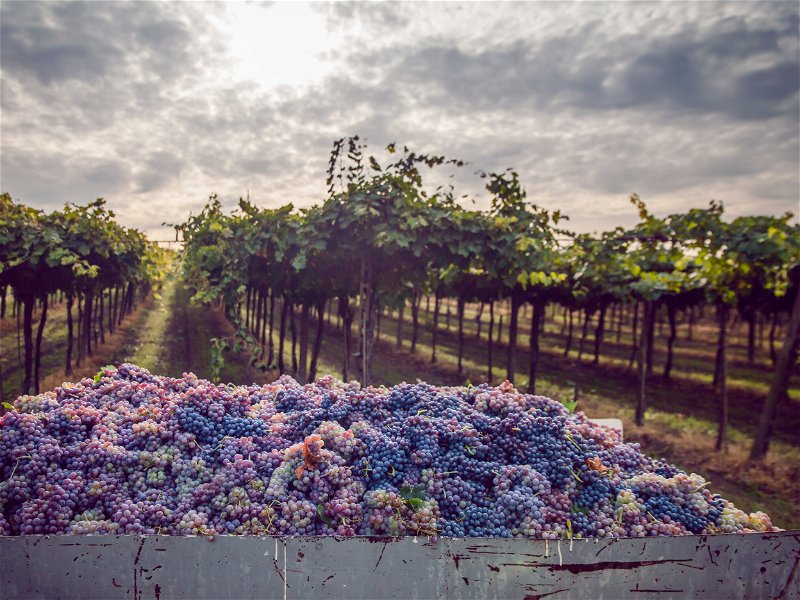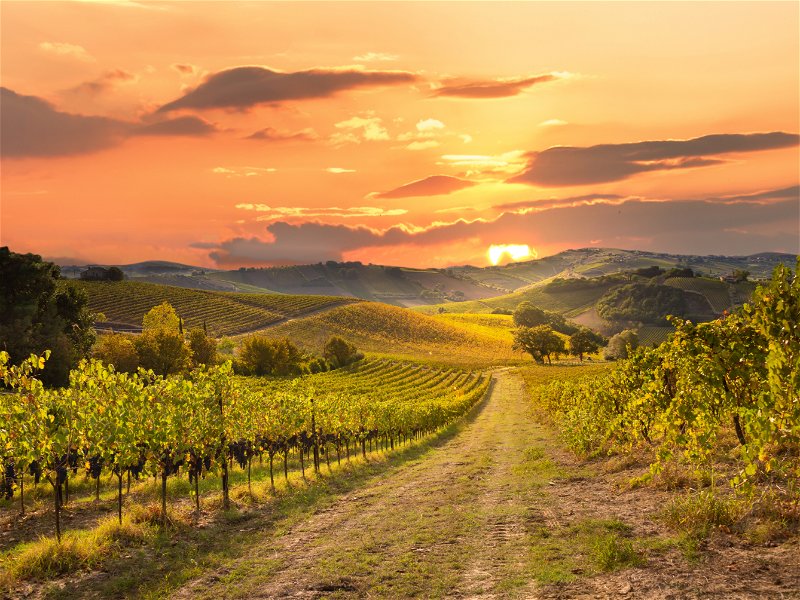The Veuve Clicquot underwater arsenal
Ageing is most certainly an art. The finest drops of quality wines age particularly well in absolute darkness, stable low temperatures and the right storage. But how about 40 metres below sea level?
The French champagne house Veuve Clicquot knows a thing or two about ageing. In search of the secrets of long ageing and as a tribute to the house’s heritage, Veuve Clicquot embarked on an extraordinary oenological experiment thirteen years ago.
HOW IT BEGAN
It was back in 1840 when a ship sank south of the Åland Islands in the Baltic Sea between Sweden and Finland, and 170 years later, on 16 July 2010, a team of divers discovered the wreck – known as the Föglö wreck despite the name of the ship being unknown. Among the items retrieved from the watery grave were 168 bottles of Champagne, 47 bearing the label of the renowned house Veuve Clicquot. This was the birth of the Cellar in the Sea project dedicated to the art of ageing.
THE IDEA AND STORAGE AT THE CELLAR IN THE SEA
A first batch of Champagne was deposited for research purposes in the chalky crayères, 42 metres below sea level in the cellars of Veuve Clicquot. The second batch was lowered to the bottom of the Baltic Sea in an Åland Vault, specially designed for sea storage. A low salt content and a constant four degrees Celsius – the Baltic Sea thus faithfully recreates the perfect preservation conditions that gave the sunken treasures of 1840 their remarkable character.
MADAME CLICQUOT’S PRIDE AND JOY
The old cuvées produced between 1839 and 1841 bear witness to the vision and ambition of old Madame Clicquot herself. To explore the ageing potential of this unique underwater cellar, experts at the ISVV laboratory in Bordeaux meticulously analysed various molecular indicators of ageing. Their results showed that the wines stored in the Baltic Sea have a higher concentration of floral notes, lime, hazelnut, chocolate, caramel and coffee – characteristic unique selling points of these Champagnes.
ARE THERE DIFFERENCES IN TASTE?
In 2023, after several years of observation, the results showed that the two cuvées in the Baltic had statistically converged with those in Reims and followed similar paths in terms of taste. Only the prized cuvées of Veuve Clicquot’s Brut Yellow Label diverged significantly, with the cuvées matured in the crayères generally preferred in the tasting. However, floral notes, lime, hazelnut, chocolate, caramel and coffee flavours were found in higher concentrations in the Champagnes preserved in the Baltic Sea.







